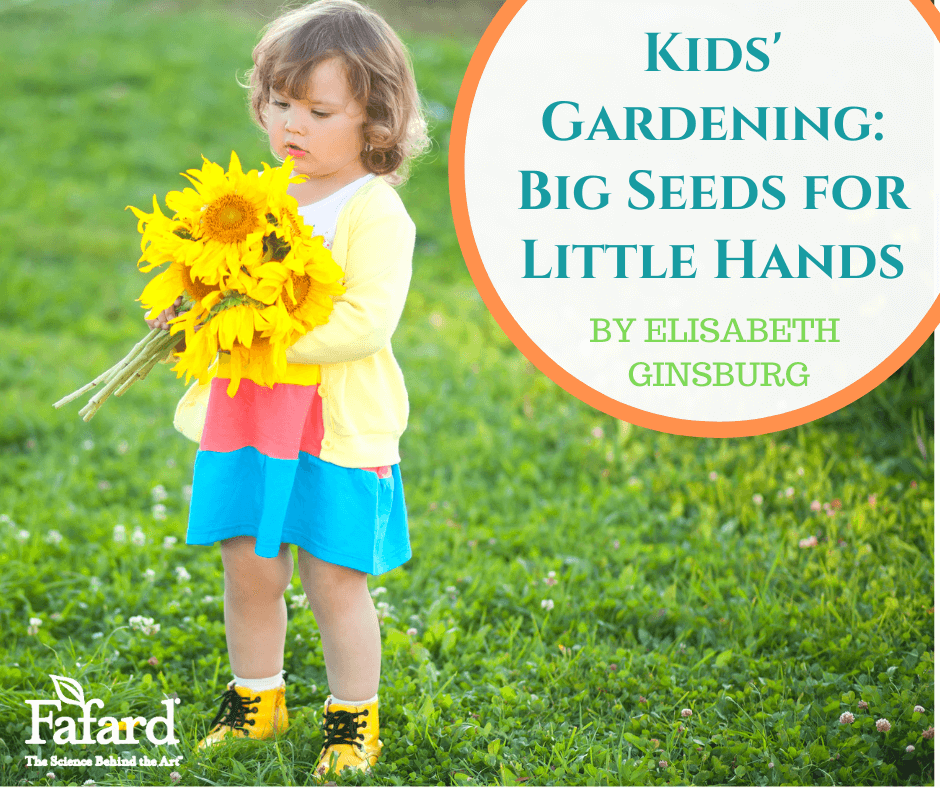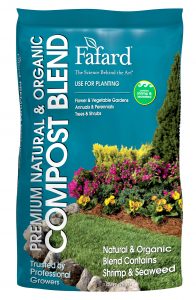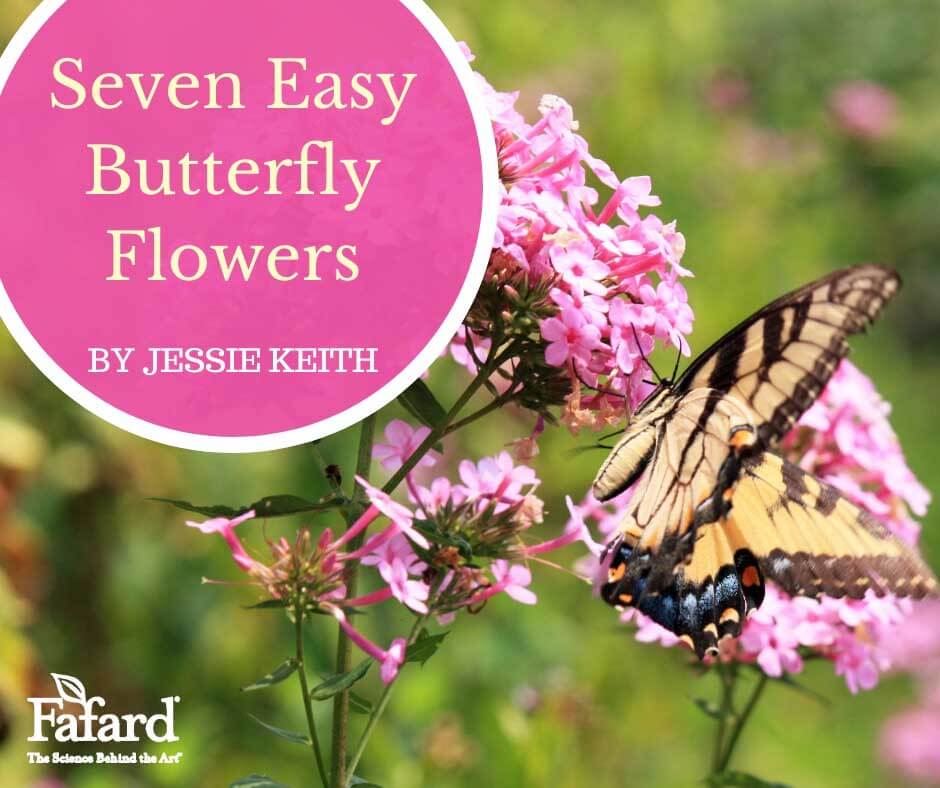
Want butterflies? A kaleidoscope of gossamer-winged beauties all a flutter in a cloud of garden flowers that you planted? The truth is, creating a butterfly garden is pretty effortless, because many truly easy garden flowers are big on the butterfly palate. And butterflies eat with their eyes, so the flowers they love are generally the vibrantly hued flowers that we love, too
What Defines a Butterfly Flower
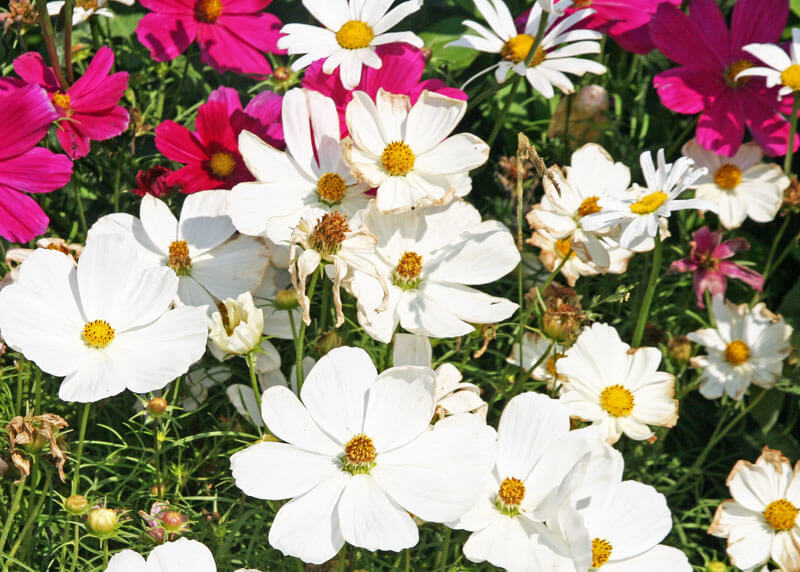
What makes a butterfly flower truly a butterfly flower? There are a suite of garden flower traits that attract butterflies, and it’s not just the flowers that draw them. A female butterfly ready to lay her eggs will choose the best plants for her caterpillars, while adult butterflies choose flowers with nectar essential for their growth and development. True butterfly plants and flowers have several distinguishing cues that fit the ways butterflies see, feed, and feed.
Overall, butterflies all have a weak sense of smell, long curled tongues (probosces), sharp vision, and they must perch to feed. So, most butterfly flowers are brightly colored, often lack a scent, are flattened and shaped for perching, and have long, tubular nectaries (the nectar-holding well at the base of a flower) perfect for a butterfly’s proboscis. (Madagascar periwinkle, Lantana, and phlox blooms are just three examples of the many flowers uniquely designed for butterfly pollination.) It’s a different matter when female butterflies choose plants on which to lay their eggs
Seven Best Butterfly Flowers
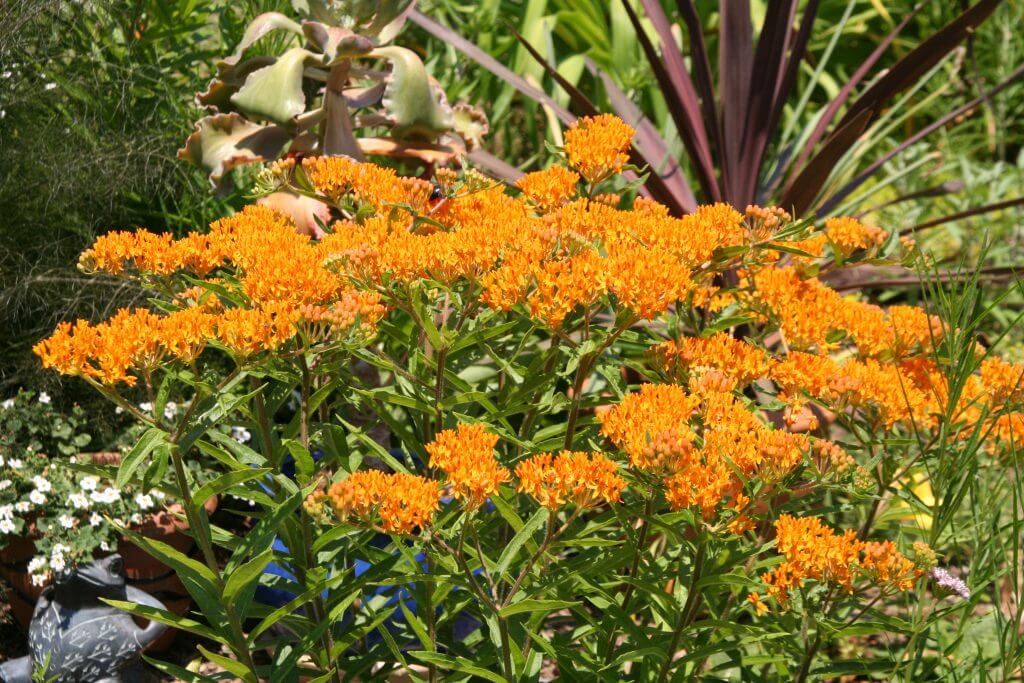
The best butterfly flowers have foliage that are also larval food for the young of specific butterfly species. My #1 favorite is the perennial butterfly flower (Asclepias tuberosa, USDA Hardiness Zones 3-9). Its sweeping clusters of bright orange flowers appear in summer and attract butterflies of all types, while its leaves are the favorite food of Monarch butterfly caterpillars. The leaves impart chemical protection to the Monarchs by giving the insects a foul taste, making them undesirable to predators.
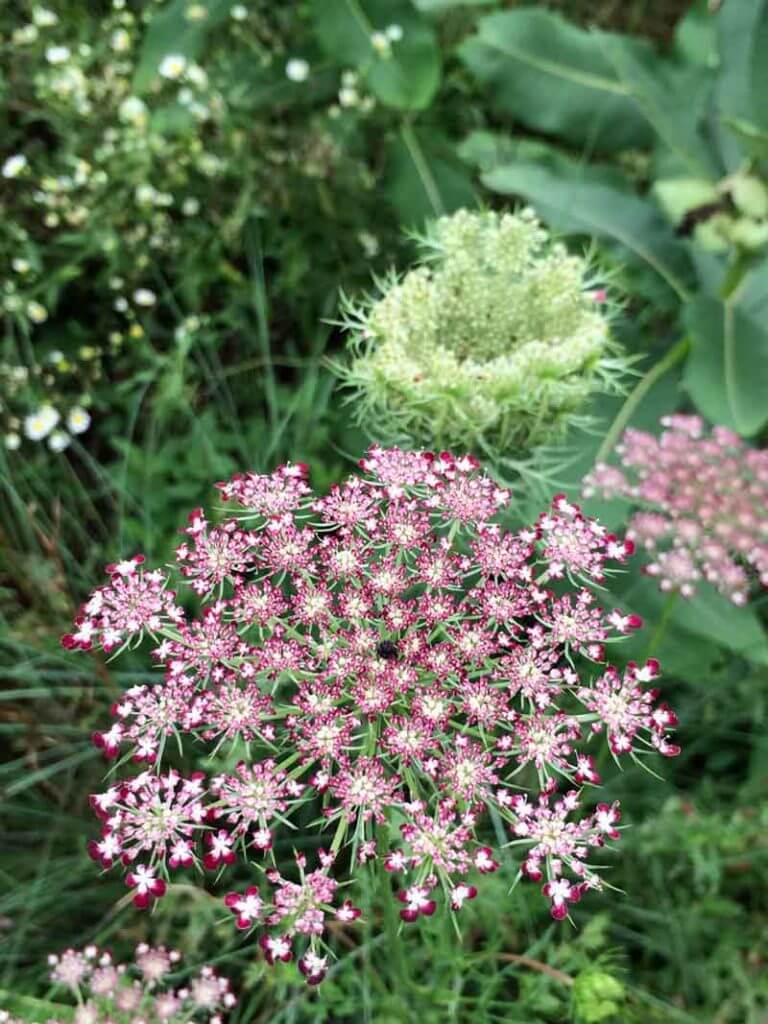
Other double whammies are flowering plants in the carrot family, whose flowers are attractive to all butterflies and foliage are the perfect food source to Eastern Tiger and Zebra Swallowtails, among other related butterflies. My #2 favorite butterfly plant is Dara Queen Anne’s lace (Daucus carota ‘Dara’, annual) with its purple and pink lacy flowers. The large, lacy blooms are long stemmed and great for cutting. Just be ready to leave the plants to the caterpillars when they first appear munching away at the leaves.
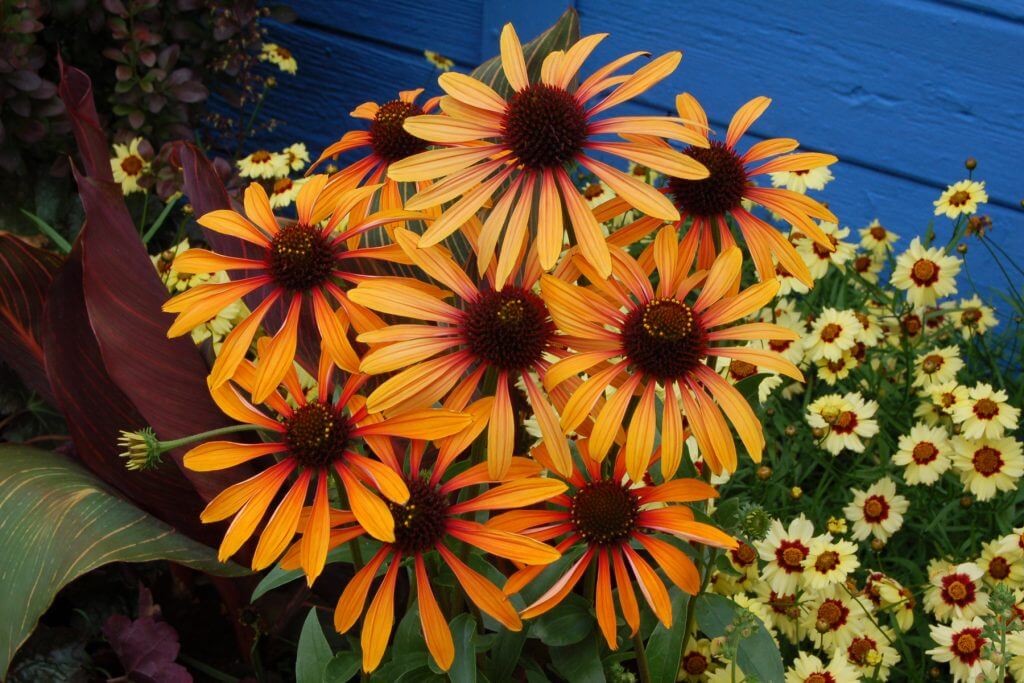
Most butterfly plants are grown for their flowers alone. My #3 favorite butterfly flowers are perennial coneflowers (Echinacea spp., Zones 3-9) of all flavors. They come in many bright shades and are beloved by all butterfly species. These days, there are numerous cultivated varieties to choose from. I like the electric tangerine-orange and red ‘Flame Thrower’ for garden appeal and pollinator attraction, though most purists would advocate planting common native species, such as eastern coneflower (Echinacea purpurea) or pale purple coneflower (Echinacea pallida).

My #4 butterfly flowers are tall zinnias (Zinnia elegans, annual), are some of the easiest to grow and butterflies love them. Their colorful blooms appear through much of the summer, providing needed nectar during the hottest days of the year. Renee’s Garden Seeds has loads of amazing mixes, the Heirloom Raggedy Anne Mix, with its ragged large flowers in candy colors, is one of my favorites. They pair well with another super easy butterfly magnet, my #5 butterfly flower, common cosmos (Cosmos bipinnatus, annual). The reliable Sonata Mix, with its short stature and large flowers in pink, magenta, and white, won’t disappoint. Plant both of these annuals in full sun and fertile, well-drained soil.
A late summer bloomer sure to draw loads of butterflies is the tall phlox (Phlox paniculata, Zones 3-8), my #6 plant, and of the many cultivated varieties, ‘Jeana’ is very special. Its large, upright flower clusters consist of many tiny, pink blooms with a sweet scent. Butterflies and bees always cover these showy blossoms.

Finally come the many butterfly flowers for fall. By choosing a perennial sunflower, my #7 butterfly plant, you can’t go wrong. All are essential food for butterflies preparing to migrate or overwinter. One with lots of charm and good looks is the fine-leaved, 4-foot-tall, swamp sunflower (Helianthus angustifolius ‘First Light’, Zones 5-9), which produces many golden daisies in mid-fall above plants with fine, linear leaves of bright green.
All butterfly flowers, whether annuals or perennials, need good care for best flowering. Water them well, amend their soil with fortifying organic matter, and light feeding will ensure crops of flowers to delight your burgeoning butterfly populations all season long.

